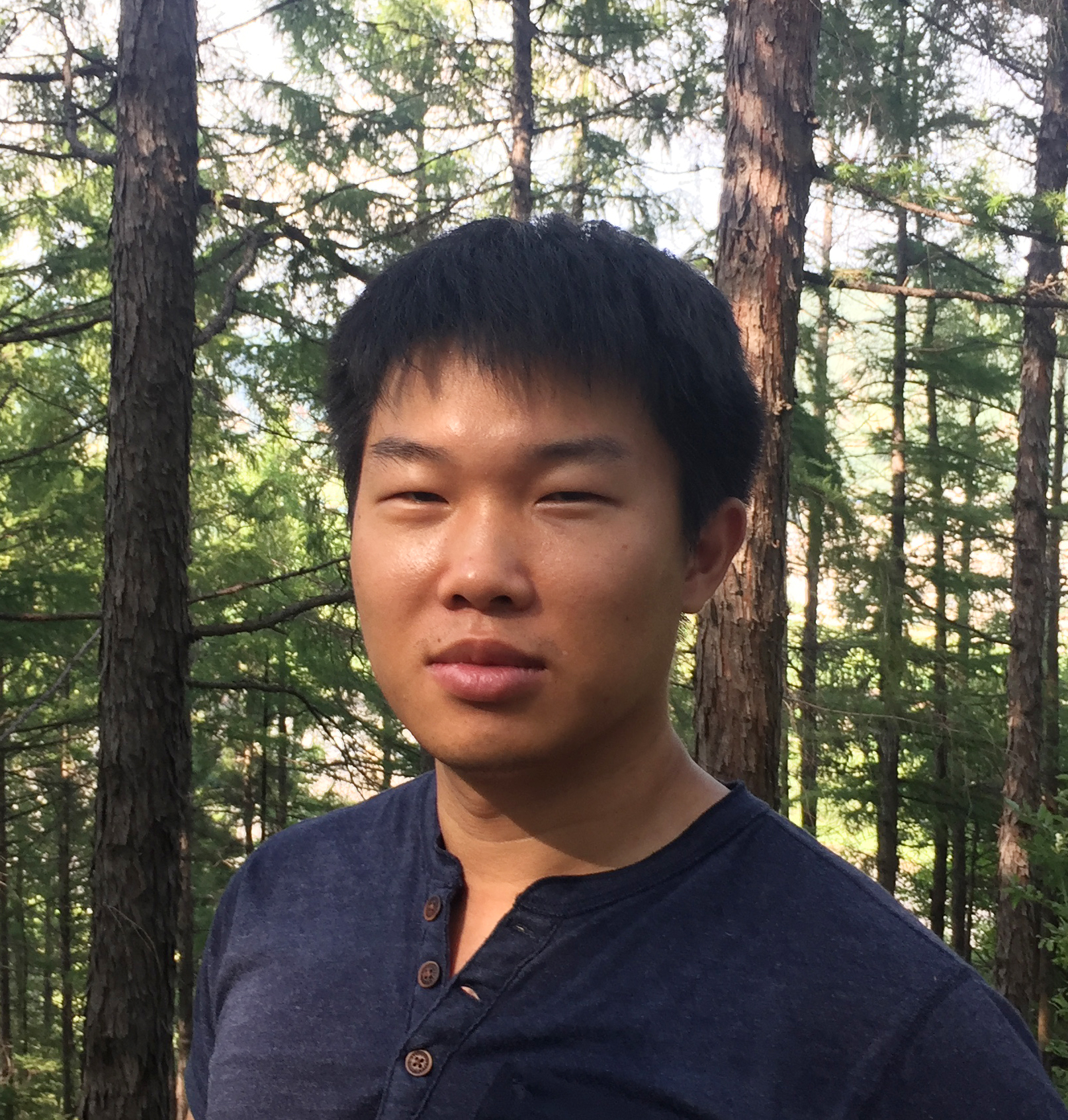教师主页
- 曹广忠
- 曹军
- 柴彦威
- 陈彦光
- 陈耀华
- 陈效逑
- 程和发
- 楚建群
- 戴林琳
- 邓辉
- 董豫赣
- 付晓芳
- 方海
- 方精云
- 冯长春
- 冯健
- 傅伯杰
- 高艳
- 宫彦萍
- 韩茂莉
- 贺灿飞
- 贺金生
- 胡建英
- 华方圆
- 胡燮
- 黄崇
- Kazuo Isobe
- 吉成均
- 贾小新
- 金鑫
- 李宜垠
- 李有利
- 李本纲
- 李喜青
- 李双成
- 林坚
- 刘耕年
- 刘文新
- 刘峻峰
- 刘宇
- 刘鸿雁
- 刘涛
- 刘燕花
- 刘刚
- 刘煜
- 刘雪萍
- 刘茂甸
- 刘萍
- 卢晓霞
- 陆雅海
- 马亮
- 马建民
- 马燕
- 蒙吉军
- 莫多闻
- 蒙冰君
- PHILIPPE CIAIS
- 彭建
- 彭书时
- 朴世龙
- 阙维民
- 宋宛儒
- 沈文权
- 沈泽昊
- 沈国锋
- 宋峰
- 陶胜利
- 唐晓峰
- 唐志尧
- 唐艳鸿
- 陶澍
- 童昕
- 李婷婷
- 王仰麟
- 王红亚
- 王志恒
- 王娓
- 王少鹏
- 王旭辉
- 王学军
- 王喜龙
- 万祎
- 王愔
- 王长松
- 王开存
- 王昀
- 吴必虎
- 吴健生
- 吴龙峰
- 吴林蔚
- 谢建民
- 徐福留
- 许文君
- 姚蒙
- 于佳鑫
- 杨小柳
- 尹燕平
- 阴劼
- 喻航
- 曾辉
- 张家富
- 张照斌
- 赵鹏军
- 赵昕奕
- 郑成洋
- 周力平
- 周丰
- 朱东强
- 朱彪
- 朱晟君
- 朱丹
- 朱江玲
- 张尧
- 张新平
- 张璐瑶
- 赵卡娜
- 汪淼
- 袁文平
- 吴英迪
- 钟奇瑞
- 刘建宝
- 杨卉
- 张一凡
- 李梅
- 杜世宏
- 秦少杰
- 张修远
- 杨晨
- 金哲侬
- 张致杰
- 连旭

吴龙峰
职称:研究员
研究方向:城市规划与设计,环境公平与空间优化,建成环境与公共健康
通讯地址:
Email:longfengwu@pku.edu.cn
个人简历
主要研究方向为城市环境公平与公共健康及相关规划设计应用。利用多元数据挖掘、社会调研、空间统计分析和模拟等方式研究问题,再通过多种可视化手段传达研究成果,并积极探寻理论研究和技术方法的实践应用,为我国未来城市规划建设提供理论和技术支撑。目前在相关领域核心期刊,包括Landscape and Urban Planning, Urban Studies,Environmental Science and Policy等,以第一/通讯作者发表10论文(SCI/SSCI)。研究获得包括中国教育部、美国地质学会、林肯土地政策研究中心、哈佛大学等国内外政府部门以及研究机构的资金资助10余项。成果多次在国际风景园林师联合会年会,北美规划院校联合会年会等国内外重要会议上宣读,规划设计项目在由北京市规划和自然资源委员会,上海市规划与自然资源局等举办的竞赛/竞标中获奖20余次。
教育经历
2016年9月 - 2020年3月 哈佛大学,设计研究生院,博士(城市规划与设计)
2014年9月 - 2016年5月 哈佛大学,设计研究生院,硕士(城市研究)
2011年9月 - 2014年7月 北京林业大学,园林学院,工学硕士(城市规划与设计)
2007年9月 - 2011年7月 北京林业大学,园林学院,工学学士(风景园林)
工作经历
2020年8月 - 2021年6月 哈佛大学,设计研究生院,博士后
2017年7月 - 2020年12月 哈佛大学,设计研究生院,助研/助教(兼职)
博士生导师/方向
城市与区域规划
城市规划与环境公平
建成环境与公共健康
杂志任职
风景园林,特约编辑
荣誉与奖励
近年主要荣誉奖励
2021年8月 Karen R. Polenske Award, ACSP/IACP
2019年5月 Howard T. Fisher Prize for excellence in GIS, Harvard Center for Geographic Analysis
2017年5月 ESRI Development Center Student of the Year Award, Harvard Center for Geographic Analysis
2016-2020年 中国教育部高水平公派研究生项目
地理信息系统的规划应用 2022春季
2020年5月 - 2021年7月,林肯土地政策研究中心中国研究项目(Lincoln Institute of Land Policy),主要负责人(Co-PI)
近年主要发表论文(*通讯作者)
Wu, L.*, & Rowe, P. G. (2022). Green space progress or paradox: identifying green space associated gentrification in Beijing. Landscape and Urban Planning, 219. doi:10.1016/j.landurbplan.2021.104321
Wu, L.*, Kim, S. K., & Lin, C. (2022). Socioeconomic groups and their green spaces availability in urban areas of China: A distributional justice perspective. Environmental Science & Policy, 131, 26-35. doi:10.1016/j.envsci.2022.01.008
Luo, W., Chen, C., Li, H., Hou, Y., Xia, Y., Liu, J., Wu, L., & Yao, J. (2022). Residential open space and the perception of health benefits: How much is the public willing to pay? Journal of Environmental Management, 316. doi:10.1016/j.jenvman.2022.115273 (SCIE, IF= 6.789, JCR Q1)
Wu, L.*, & Kim, S. K. (2021). Exploring the equality of accessing urban green spaces: A comparative study of 341 Chinese cities. Ecological Indicators, 121. doi:10.1016/j.ecolind.2020.107080
Chen, C., Li, H., Luo, W., Xie, J., Yao, J., Wu, L.*, & Xia, Y.* (2021). Predicting the effect of street environment on residents' mood states in large urban areas using machine learning and street view images. Science of The Total Environment, 151605. doi:https://doi.org/10.1016/j.scitotenv.2021.151605
Kim, S. K. *, & Wu, L. (2021). Do the characteristics of new green space contribute to gentrification? Urban Studies, 0(0), 0042098021989951. doi:10.1177/0042098021989951
Lin, C., & Wu, L.* (2021). Green and Blue Space Availability and Self-Rated Health among Seniors in China: Evidence from a National Survey. International Journal of Environmental Research and Public Health, 18(2). doi:10.3390/ijerph18020545
Wu, L.*, & Kim, S. K. (2020). Does socioeconomic development lead to more equal distribution of green space? Evidence from Chinese cities. Science of the Total Environment, 143780. doi:10.1016/j.scitotenv.2020.143780
Wu, L.*, & Kim, S. K. (2020). Health outcomes of urban green space in China: evidence from Beijing. Sustainable Cities and Society. doi:10.1016/j.scs.2020.102604
Wu, L.*, & Kim, S. K. (2020). How Are Green Spaces Distributed among Different Social Groups in Urban China? A National Level Study. Forests, 11(12). doi:10.3390/f11121317
